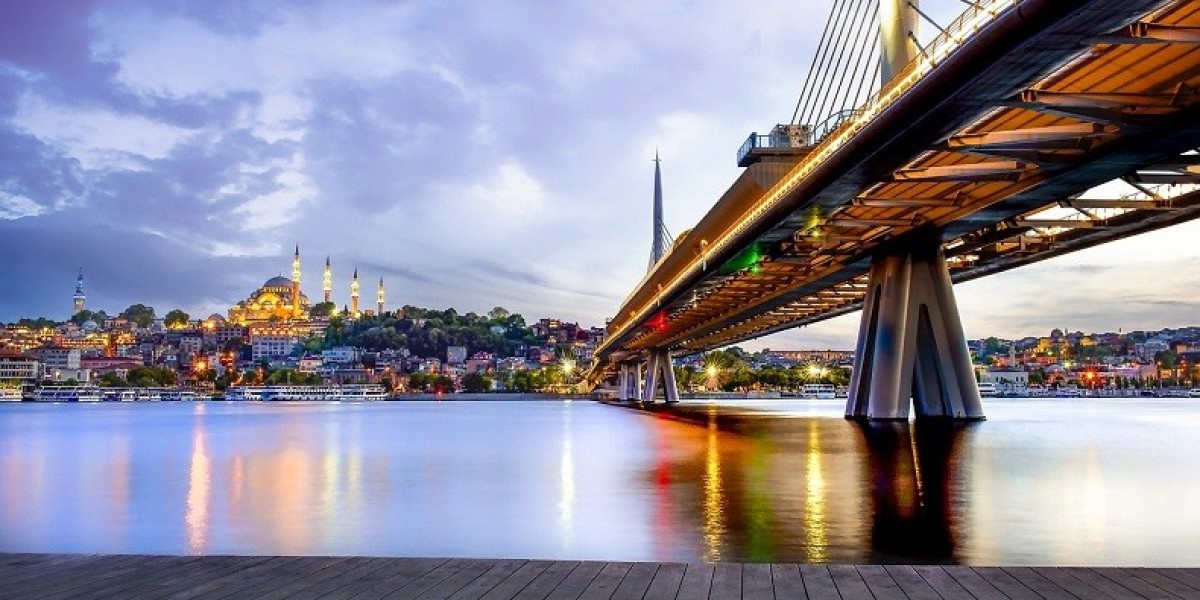Introduction
Columbia University has long been a battleground for student activism, and two moments in its history—1968 and 2024—stand out as defining eras of radicalism. The protests of 1968, fueled by opposition to the Vietnam War and racial injustice, led to mass arrests, faculty resignations, and a shift in university policies. In 2024, new waves of student activism, driven by political, social, and global issues, raise the question: will the consequences be even more significant this time?
The Legacy of 1968: A Campus in Revolt
The student uprising of 1968 was a response to Columbia’s ties to military research and plans to build a gym in a Harlem park—seen as a symbol of racial injustice. Organized by the Students for a Democratic Society (SDS) and the Student Afro-American Society (SAS), protests escalated into building occupations and violent police confrontations. Over 700 students were arrested, and the university faced national scrutiny.
The aftermath reshaped student activism in the U.S. Columbia revised its governance policies, cut ties with controversial military projects, and became a case study in institutional change driven by student resistance.
2024: A New Era of Student Activism
Fast forward to 2024, and Columbia students are once again at the forefront of radical movements. While the specific issues differ—ranging from climate change and economic inequality to geopolitical conflicts and campus free speech—the methods echo those of 1968. Sit-ins, digital activism, and confrontations with administration highlight a growing sense of urgency among students.
However, the modern landscape of activism includes new factors:
Social Media Amplification: Unlike in 1968, where national media dictated the narrative, today’s protests can go viral instantly, mobilizing support or backlash in real-time.
Institutional Crackdowns: Universities now have more sophisticated security and surveillance measures, making organizing riskier for students.
Political Polarization: The current climate is more divided than in 1968, potentially leading to greater external interference in university affairs.
Will the Consequences Be Bigger This Time?
While the 1968 protests had lasting impacts on Columbia’s policies and student activism nationwide, the 2024 movement has the potential to drive even broader societal change. The digital era allows for instant mobilization, corporate and political responses are faster, and the consequences—whether in policy changes, arrests, or reputational shifts—could be more immediate and far-reaching.
If Columbia’s administration responds with force, as it did in 1968, it risks fueling an even larger movement. If it embraces dialogue, it may set a precedent for how universities engage with activism in the digital age.
Conclusion
The echoes of 1968 are loud in 2024, but today’s activism exists in a vastly different world. Whether the consequences will be bigger remains to be seen, but one thing is certain: Columbia remains a pivotal stage for student radicalism, and its impact will likely resonate far beyond the campus gates.










